Borovik is a genus of Boletovy mushrooms. Some representatives of this genus have a very high culinary value, so every mushroom picker dreams of putting them in their basket. In order not to be treated with a dangerous double instead of delicacy, you must carefully study the photo and description of the edible mushrooms of the genus Borovik.
Content
Characteristic features of the variety
Representatives of the genus have some individual characteristics, by which they can easily be distinguished from other mushrooms.
Appearance and photo boletus
Compared to other mushrooms, these look simply huge. A large rounded hat is attached to a massive leg thickened from the bottom or in the middle. It is impossible to give a specific description of the color to all species - due to the large species diversity, the color of the mushrooms can vary from white to dark brown.
The leg is usually lighter than the hat or repeats its color. The characteristic features of the mushroom is a mesh pattern and a dry surface. You can view the details of the appearance in the photo.
Structure and species differences
The fruit body consists of a hat and legs. The body is dense, massive. The hat has a rounded shape, sometimes pillow-shaped. The surface is dry, often with cracks. The surface of the cap can be smooth or velvety, depending on the type.
The leg is strong, thick. It is always thickened from below or in the middle. In almost all species, a mesh pattern is located on the leg and only a few have a smooth surface. The structure of the leg is fibrous.
The pulp is dense and thick. It has a white or yellowish tint. For many representatives, it turns blue on a cut. There are species with reddening flesh at a break. The tubular hymenophore. The tubes are held loose or half free. The pores are yellow or reddish in color, and only a few are white. Spore powder is represented in shades of brown.
Differences from porcini mushroom
The difference between the very popular porcini mushroom and other representatives of the Borovikov clan lies in such aspects:
- The cep mushroom hat is large in size.
- Its flesh tastes sweet and smells like toasted nuts.
- The mushroom belongs to the first category of edibility.
This mushroom is also called Borovik. This name is due to the fact that the White species belongs to the genus Borovikov and one name includes another. In fact, it is also a boletus, but has individual species differences.
Habitat
The mushroom is distributed throughout the globe. Perhaps it is not only in the hot lands and in the lands of permafrost. It grows in such places:
- coniferous forests;
- deciduous forests;
- mixed forests.
White species prefers old forest stands. Representatives grow both singly and in groups.
This mushroom is distributed almost throughout the globe, except for Australia. In Russia, it can be found right up to the forests of Kamchatka
Edibility
If we take into account the whole genus, then it is definitely impossible to answer the question whether its representatives are edible or not. Most species are edible.Moreover, 5 of them fall into the First category, which indicates high nutritional value. But there are several species that belong to the inedible and conditionally edible category. And three representatives of the genus are considered toxic at all.
Types and their description with photos
Each species has its own individual characteristics. Next, we consider the most delicious species of the Borovik clan.
Porcini
The cap is hemispherical or pillow-shaped, convex, fleshy. The surface is smooth, slightly velvety. The hue of the hat depends on the place of growth. The specimens grown in sunny meadows have a dark brown surface, and the mushrooms that grew under the shade of trees have almost white hats.
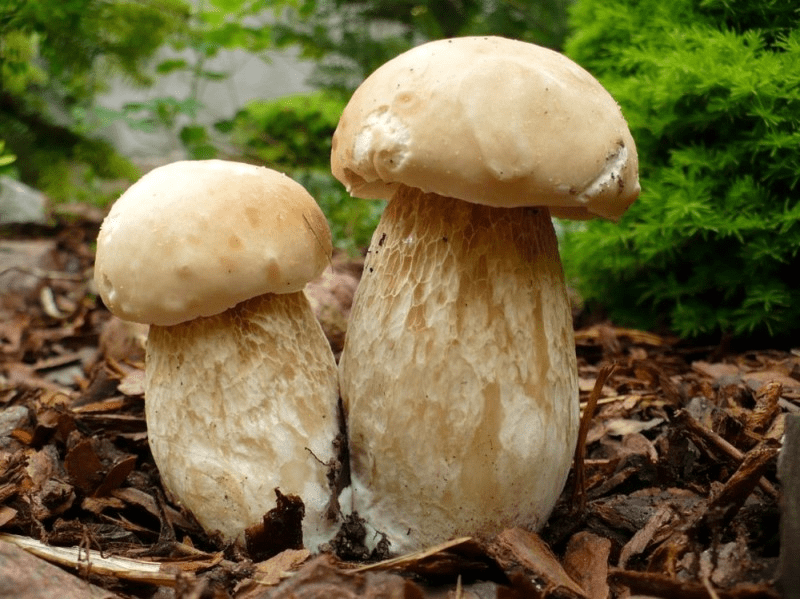
The leg is massive, has a cylindrical shape, expanded at the base. It has a whitish or light coffee color. A bright mesh pattern is clearly visible at the top. The pulp is dense, thick. In a section it is white, and color in air does not change. From the pulp comes the smell of roasted nuts. It tastes sweetish.
Tubules in young white mushrooms. In adults, they take a yellow-green tint. Spore powder of olive color.
Birch
It is popularly called Kolosovik. The hat initially has a pillow-like shape, but over time it becomes more flat. The surface is smooth, shiny. In large specimens, it wrinkles a little. The color of the hat varies in the following shades:
- whitish ocher;
- light yellow;
- gray white.
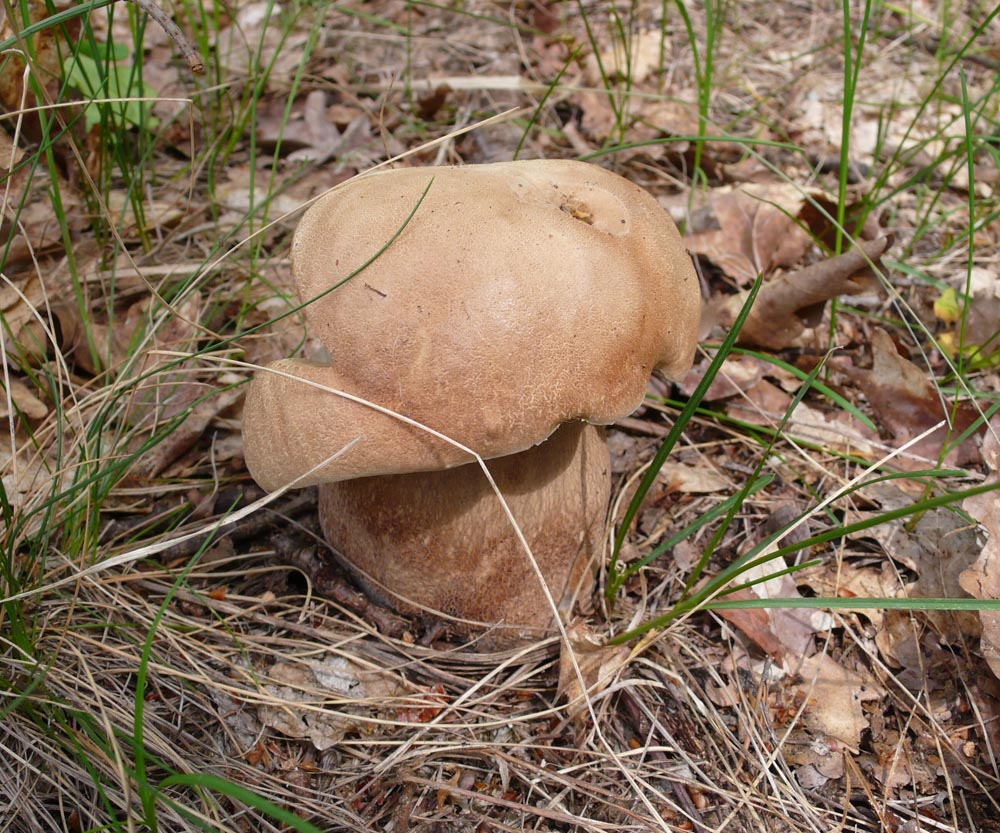
The leg has a barrel-shaped shape. Most often it is white-brown. A white mesh is visualized from above. The pulp is dense, white. When cut, its color does not change. The pulp does not have a pronounced taste. From it faintly mushrooms aroma.
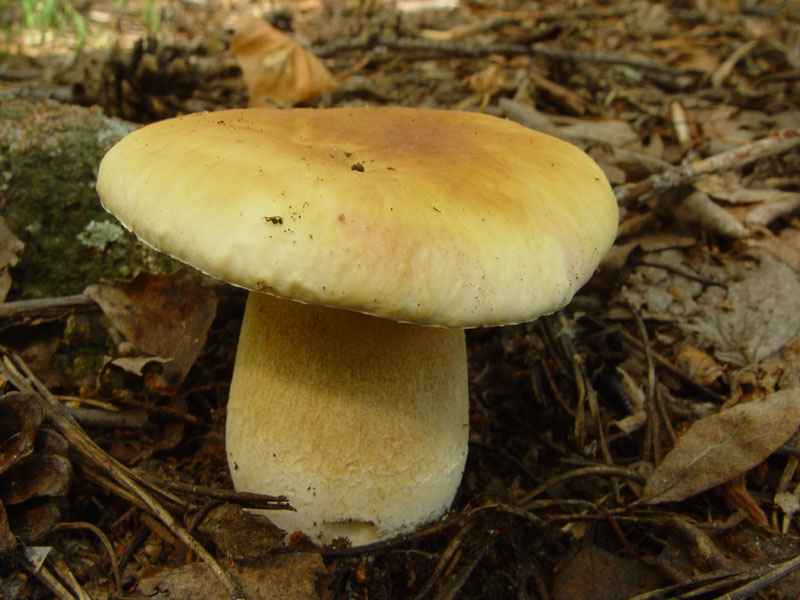
The tubules are initially white. As they grow older, they take on a light yellow hue. Brown spore powder.
Golden boletus
The hat is convex, but over time can take on a flat shape. The surface is dry and smooth. With age, multiple cracks appear on it. The hat may have a reddish brown or purplish brown hue.
The leg is cylindrical, narrowed to the top. Initially, it has a golden hue, but eventually becomes yellow-red or brown. On the leg there is a longitudinal pattern characteristic only of this species. Above it is more clearly visualized.
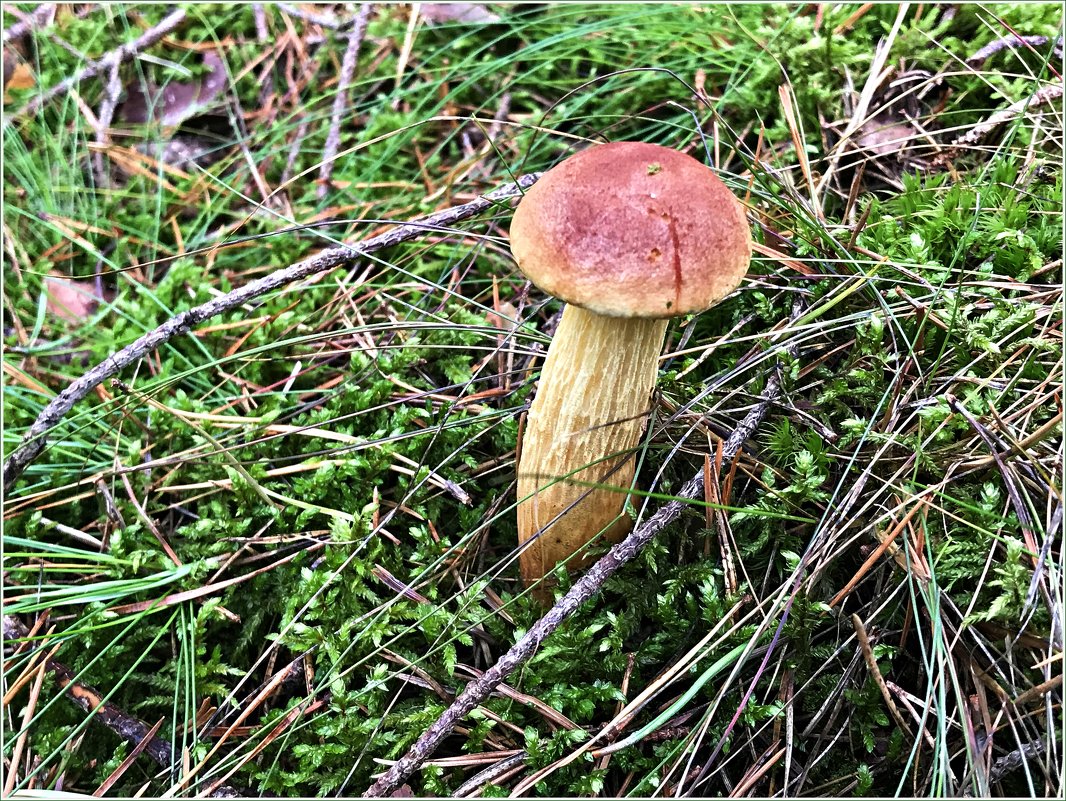
The pulp is dense, has a white-pink or white-yellow color. With prolonged contact with air, it slowly acquires a brownish tint. The taste and smell of pulp are mild. The tubes are golden in color. Spore powder is brownish-olive.
Oak
Also known as Mesh or Summer Mushroom. The hat is spherical. As they grow older, it acquires a convex pillow-shaped shape. The surface is velvety and fissured, can be represented by such shades:
- coffee;
- light brown;
- brown gray;
- buffy.
The leg is initially club-shaped, but eventually acquires a cylindrical shape. It is painted in light nut tones and has a pronounced brown mesh on the surface.
The flesh of young mushrooms is dense, but becomes spongy as it ages. It has a white color, does not change it in contact with air. The flesh exudes a pleasant mushroom aroma and tastes sweet.
Tubules are thin, hold freely. In young individuals they have a white color, in aging become yellow-green. Spore powder olive brown.
Rules and gathering places
Experienced mushroom pickers always adhere to the basic rules of mushroom collection, which can be summarized in the following theses:
- never take in a basket a specimen that causes the slightest doubt;
- Do not break out mushroom units, but cut them off with a sharpened knife;
- go mushroom hunting early in the morning when the dew "helps mushroom pickers";
- pick mushroom crops only in ecologically clean areas.
Mushrooms grow in sunny meadows or in the shade of forest trees. They prefer pine, spruce, oak and birch.
Difference from false, inedible mushrooms
Edible boletus can be confused with the poisonous Satanic and conditionally edible Gall species. You can recognize false mushrooms by the following signs:
| View name | The main differences |
|---|---|
| Satanic | Open hat |
| The reddening flesh of the leg in contact with air | |
| Pungent odor | |
| Gall | Light brown shade of mesh on the leg |
| Cutting flesh | |
| Pinkish shade of tubes |
In fairness, it is worth noting that only inexperienced mushroom pickers confuse the species. Mushroom pickers with experience recognize doubles at a glance.
Useful properties and restrictions for use
The composition of mushrooms is a lot of elements useful to the human body:
- vitamins A, B1, C, D;
- calcium;
- iron.
The beneficial properties of mushrooms are widely used both by traditional and folk medicine. In traditional medicine, the components of mushrooms are part of the following preparations:
- joint strengthening;
- prevention of osteoporosis;
- anemia treatment;
- maintaining heart muscle;
- increase in hemoglobin in the blood;
- strengthening immunity;
- an obstacle to the deposition of cholesterol.
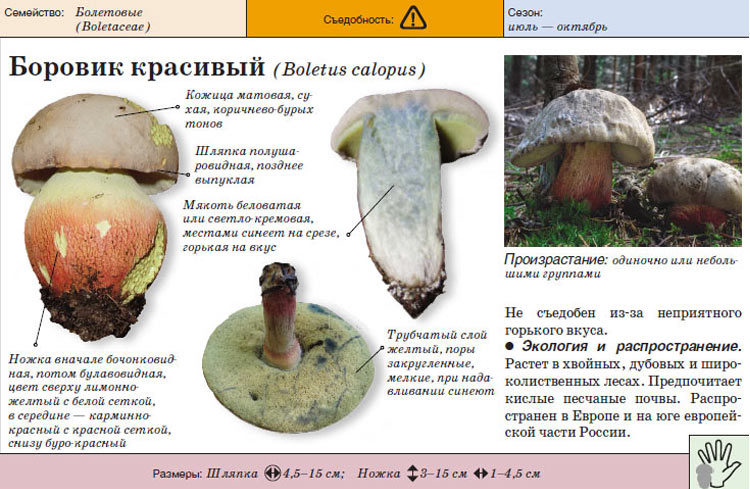
Mushrooms contain elements that are used as antibiotic substances in the fight against E. coli and some forms of tuberculosis. Beauticians use riboflavin, which is rich in mushrooms. This substance stimulates the growth of hair and nails.
In folk medicine, mushrooms have long been applied to frost-bitten areas of the body. Also, tinctures of these mushrooms treat sleep disorders and relieve nervous excitement.
Recipes and cooking features
The highest praise is always awarded to pickled mushrooms. It’s not difficult to cook them yourself. To do this, you need the following ingredients:
- main product - 1 kg .;
- salt - 2 tsp;
- sugar - 4 tsp;
- vinegar - 60 g;
- allspice peas - 10 pcs.;
- garlic - 3 pcs.;
- bay leaf - 3 pcs.;
- vegetable oil - 100 g.
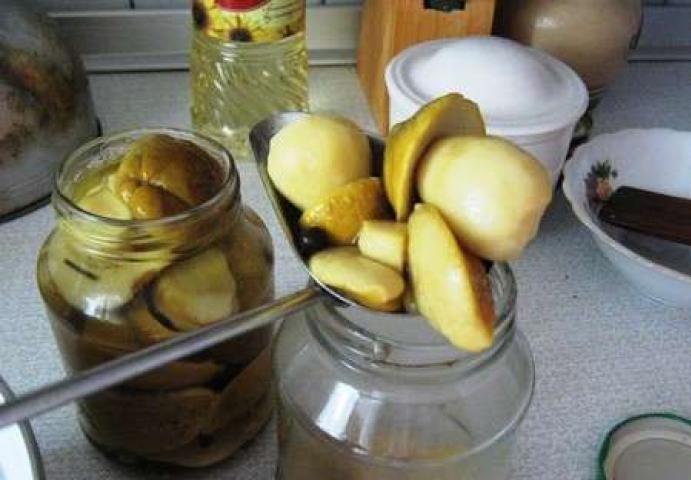
Boiled mushrooms are cut into convenient pieces and put in a pan. All the ingredients are added there. All mix thoroughly and put on fire. As soon as the contents of the pan boil, the fire is minimized and stewed in its own juice for about 10 -15 minutes. The dish is served chilled, mixed with half rings of raw onions.
Before cooking boletus boiled 2 times. First them for 5 minutes. thrown into boiling unsalted water. Then they are thoroughly washed, poured with fresh cold water, put on fire again. Boil a second time in very salty water. Mushrooms are boiled for 20 minutes, constantly removing foam. Then they are washed again under running water and only after that they are used for cooking.
Answers to widespread questions
Despite the prevalence of mushrooms, questions about them arise constantly, in particular, the following:
Due to the wide species diversity, it is very difficult to compile a generalized description of boletus.The most striking feature of representatives of this genus is a light mesh pattern on the leg.

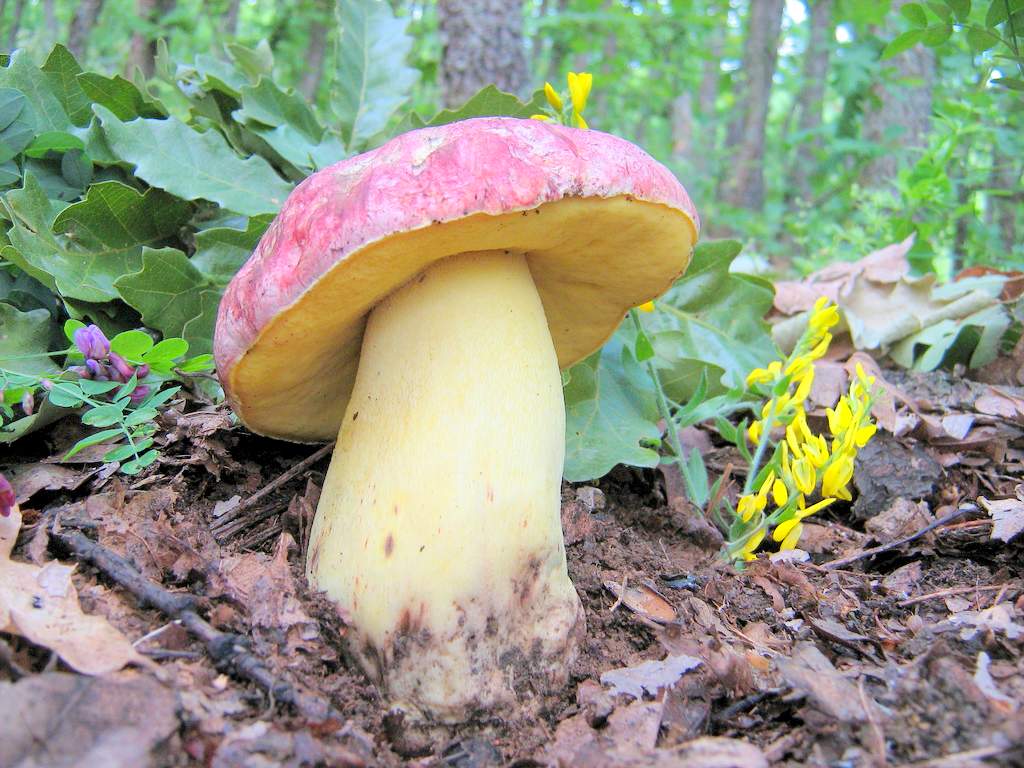
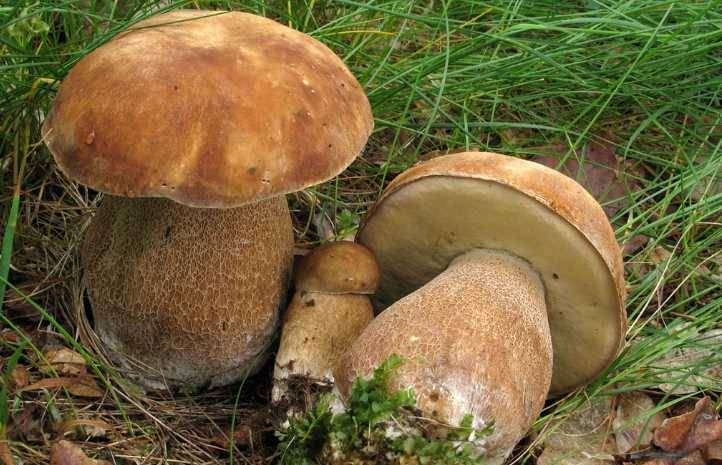

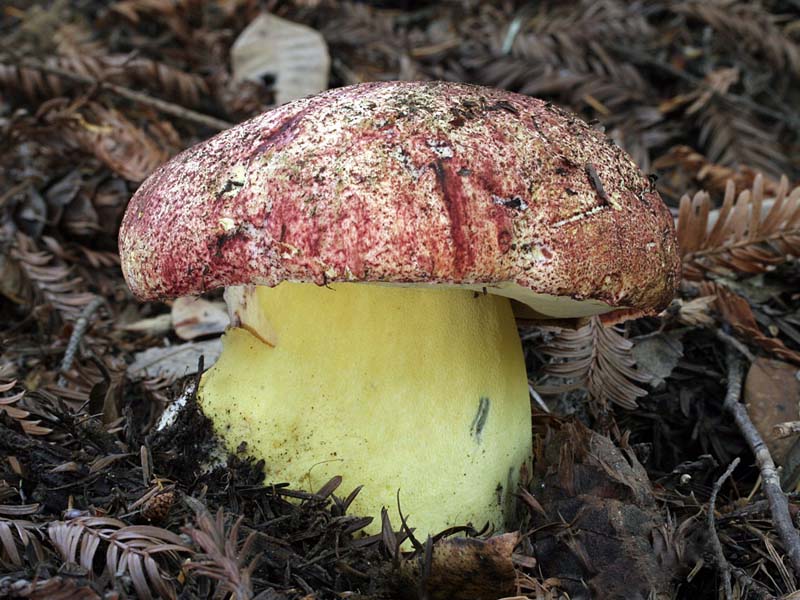
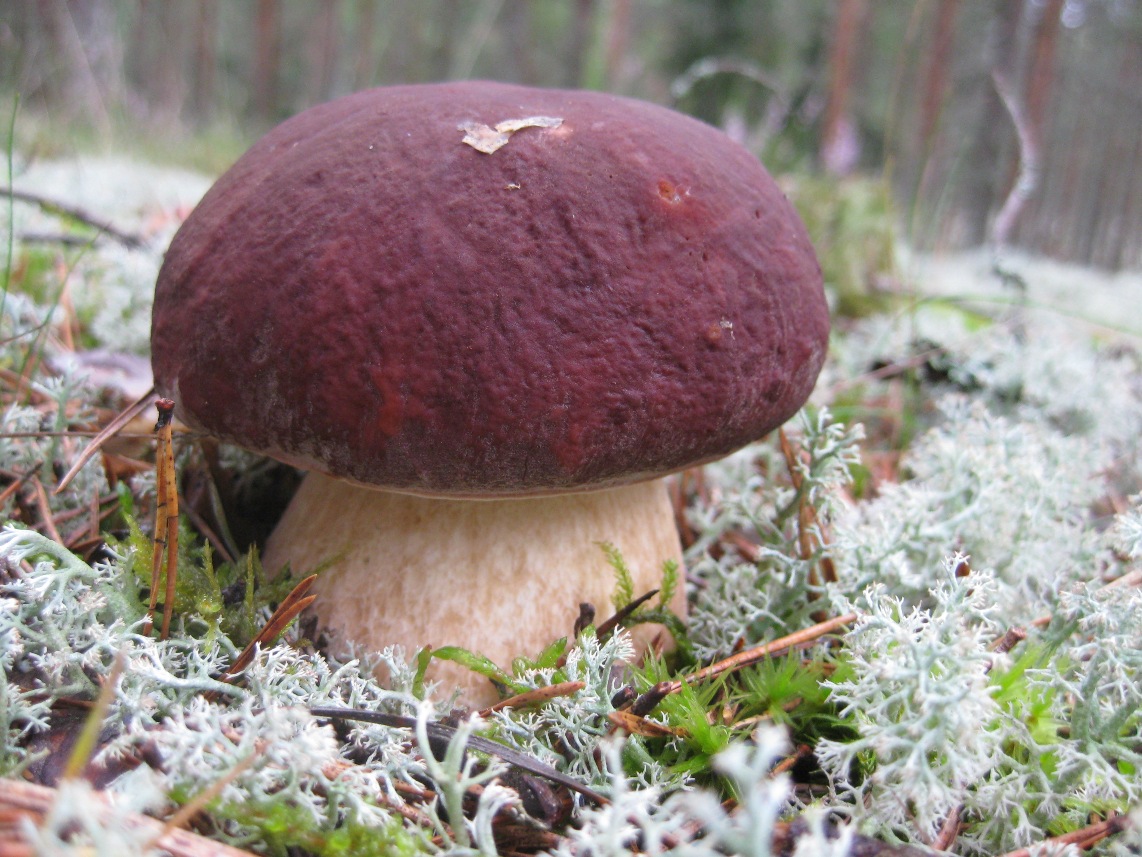
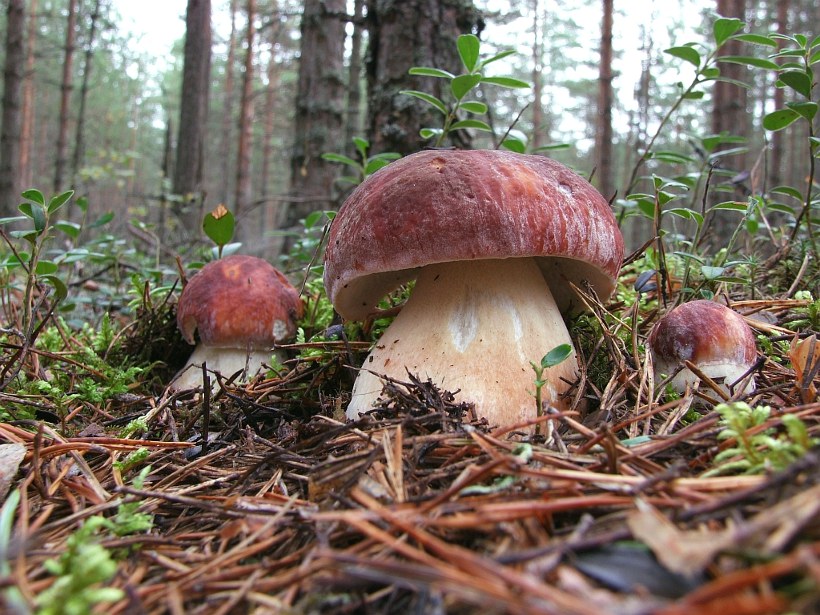
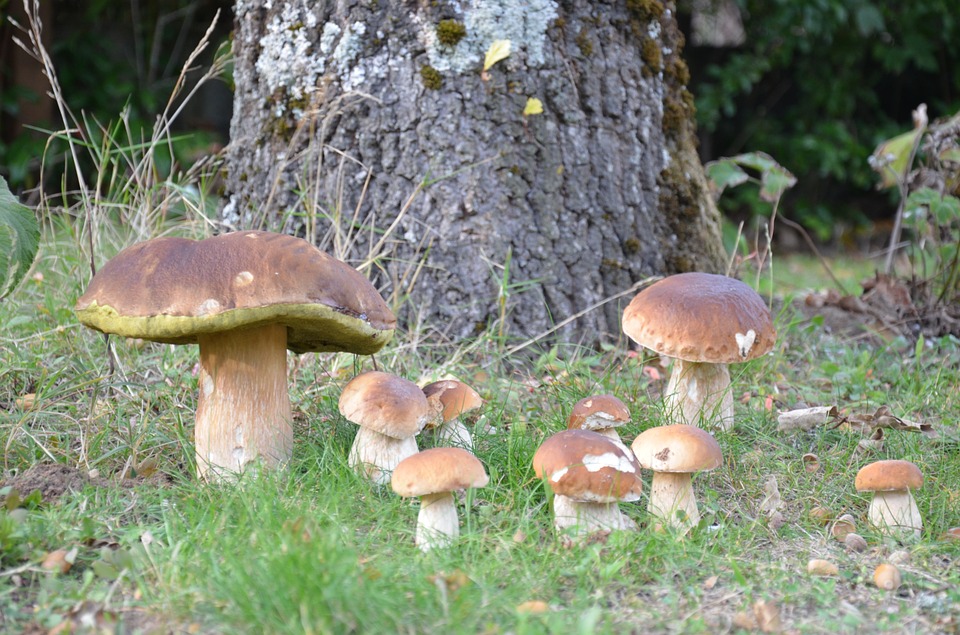
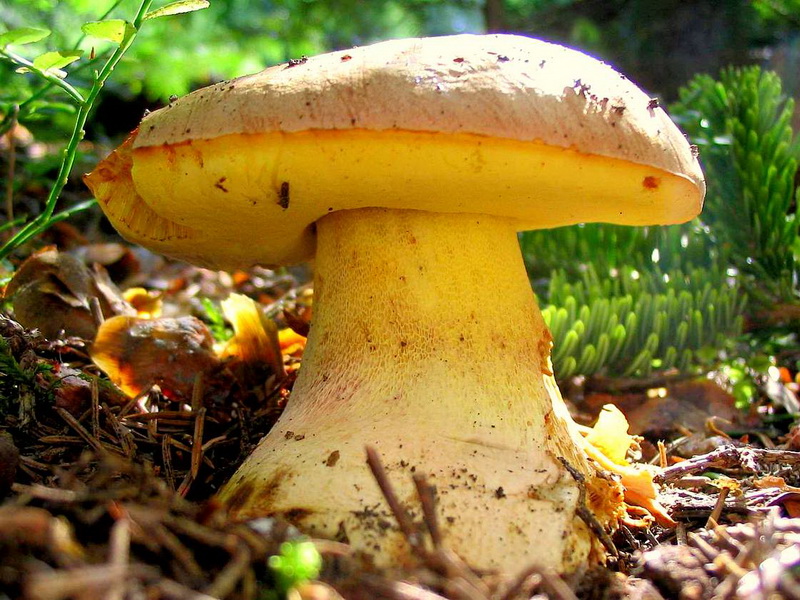
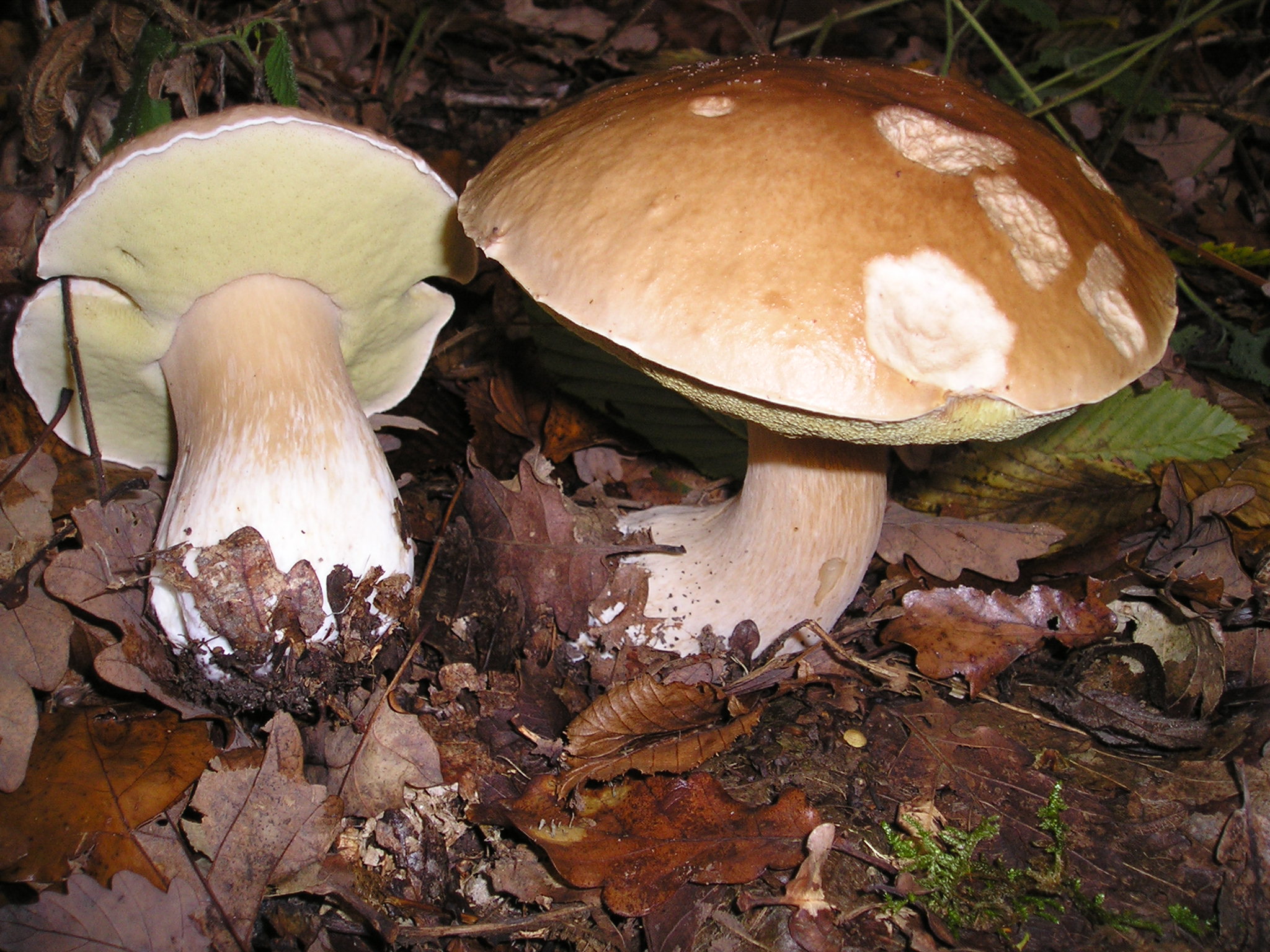
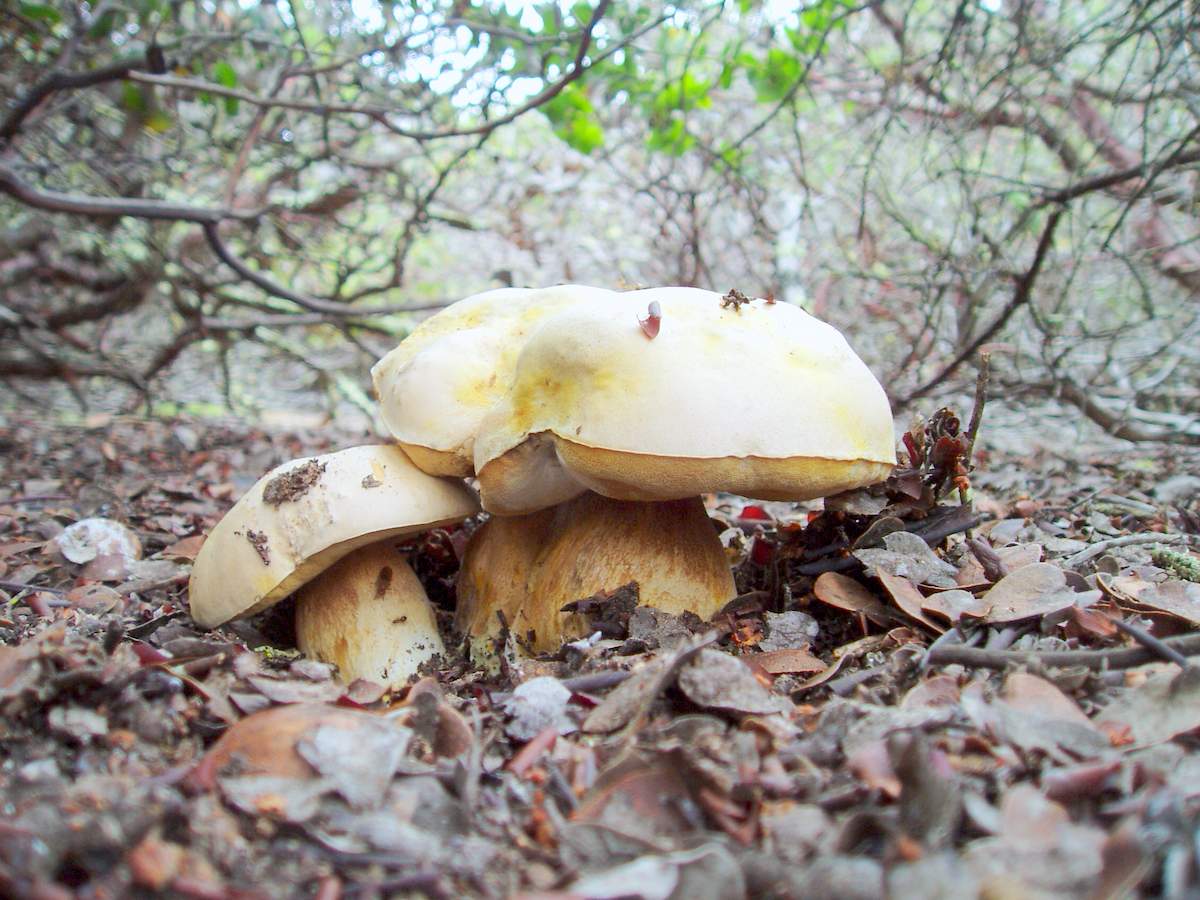
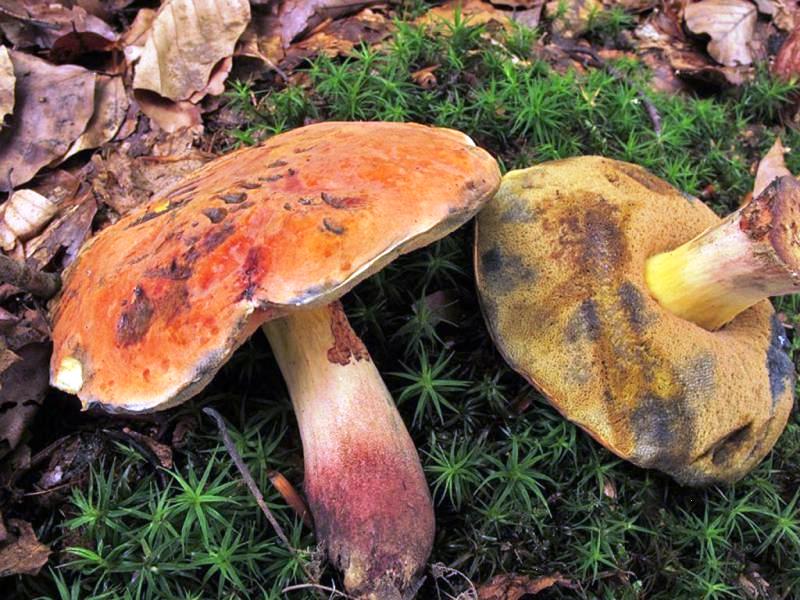
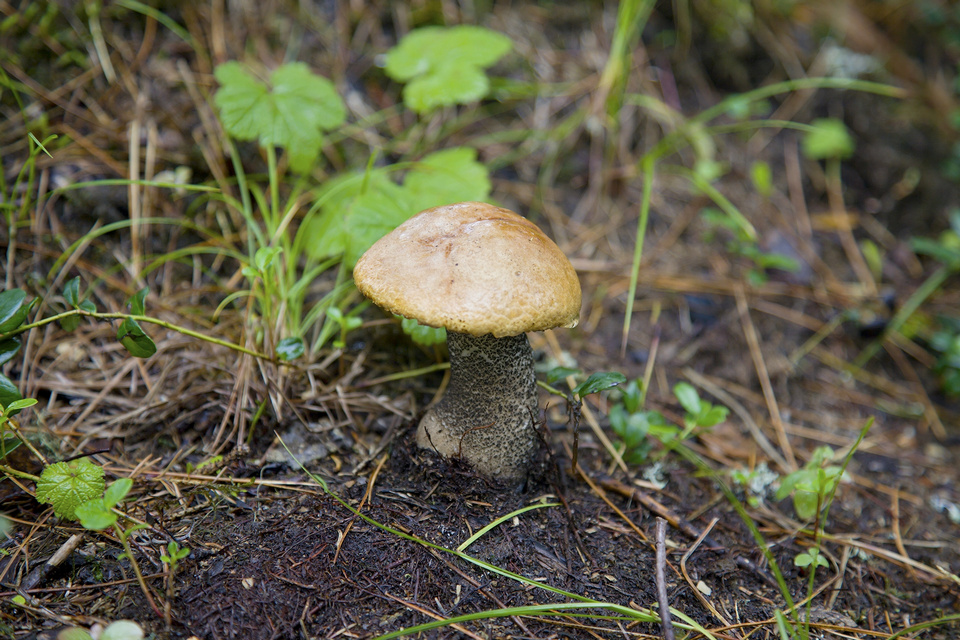
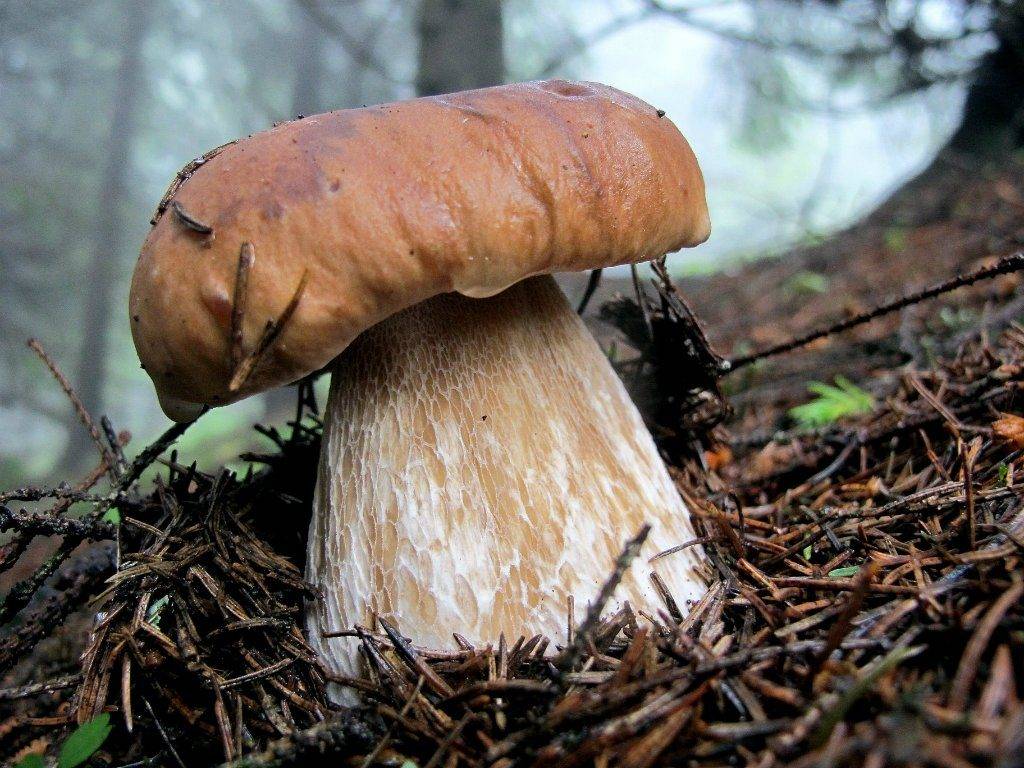
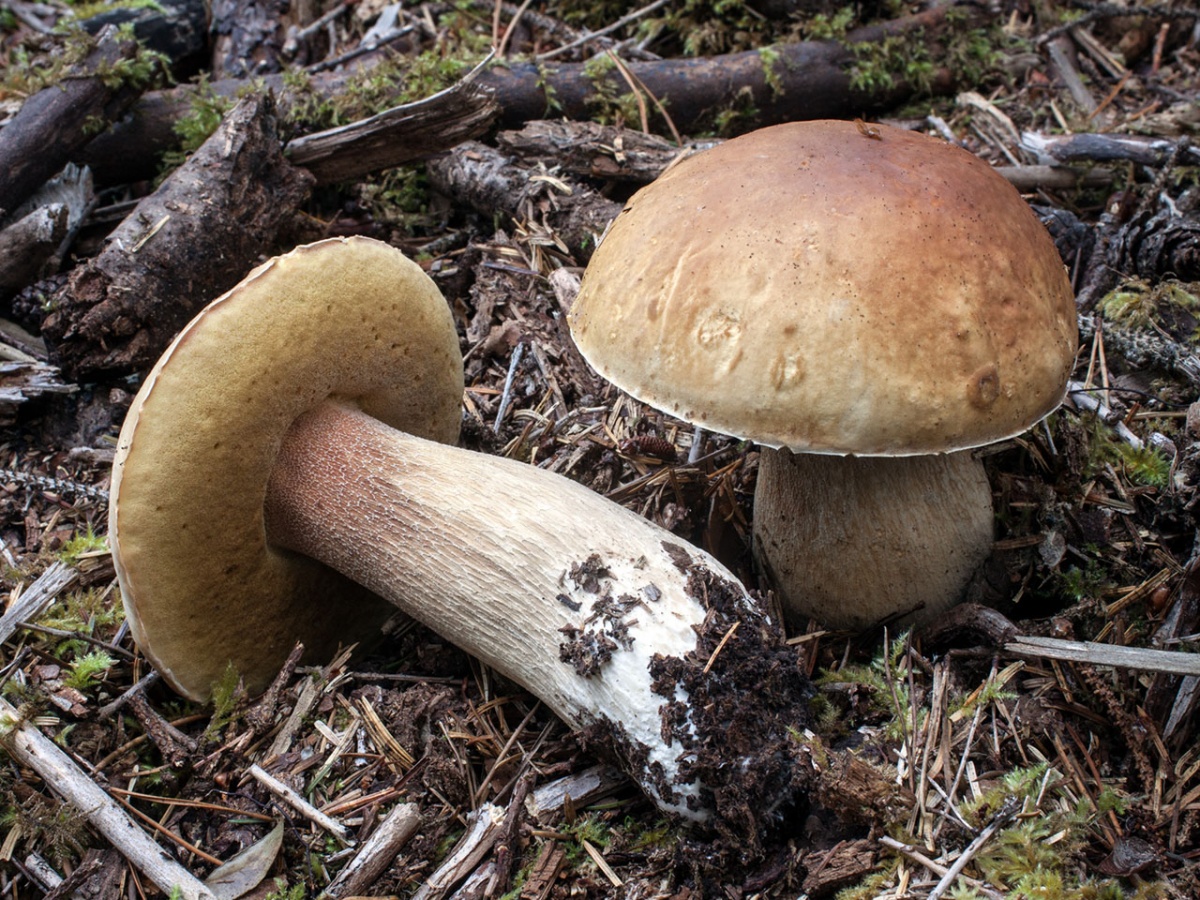
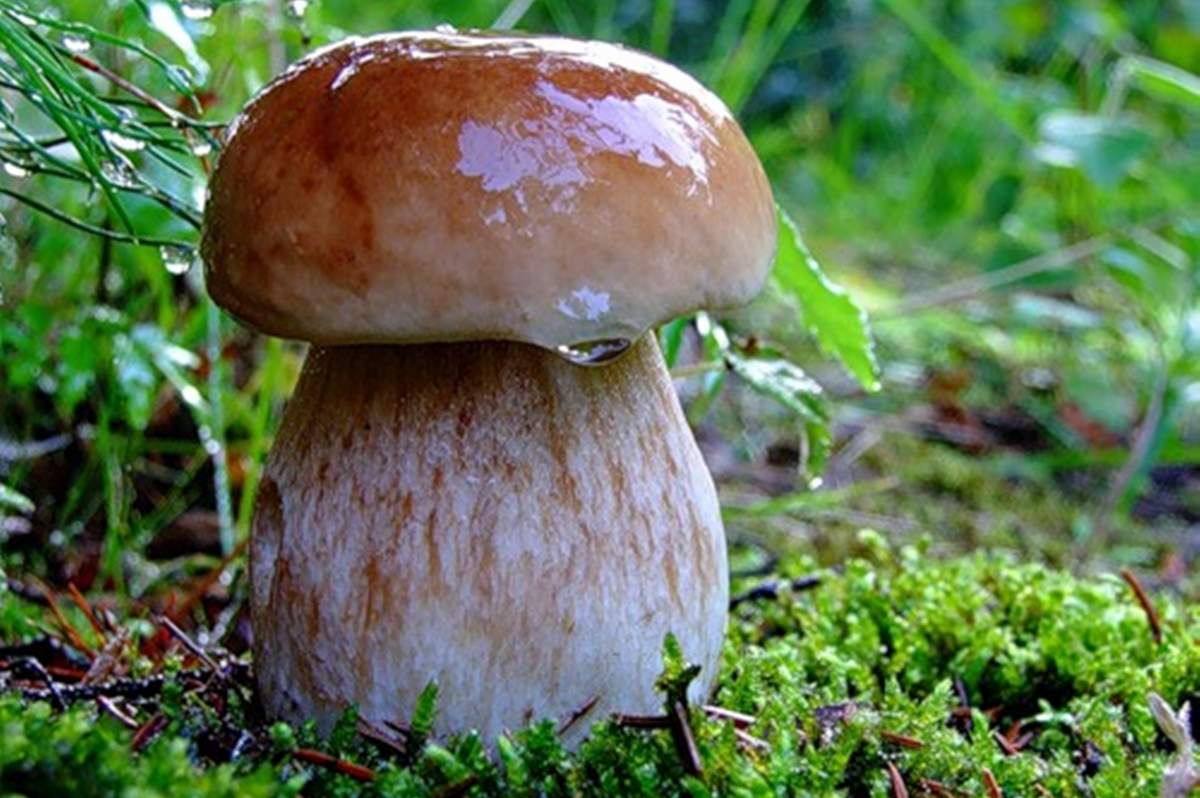
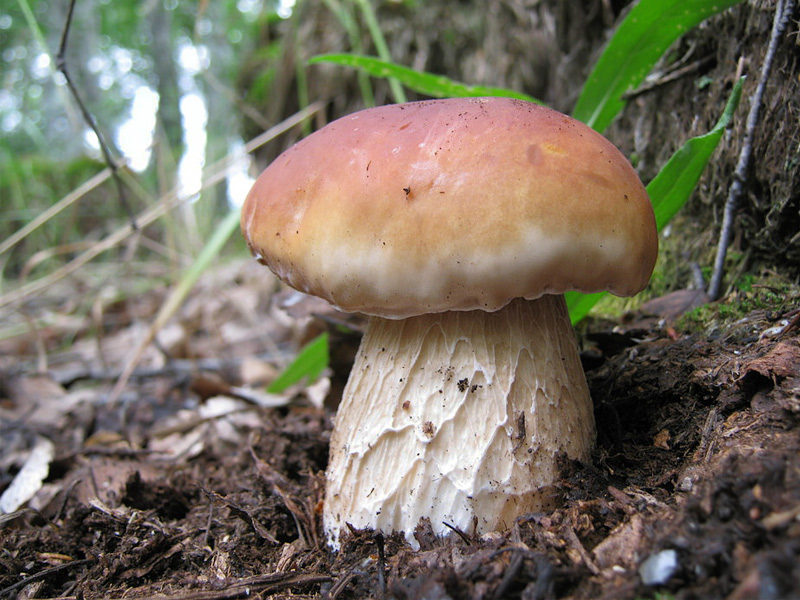
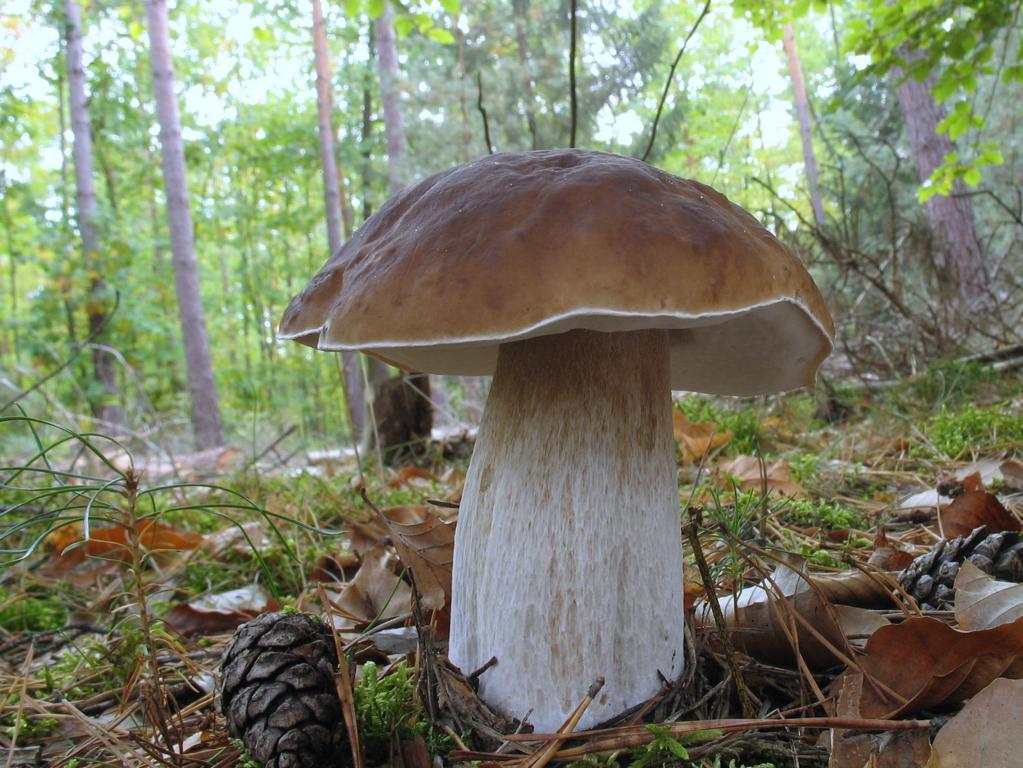
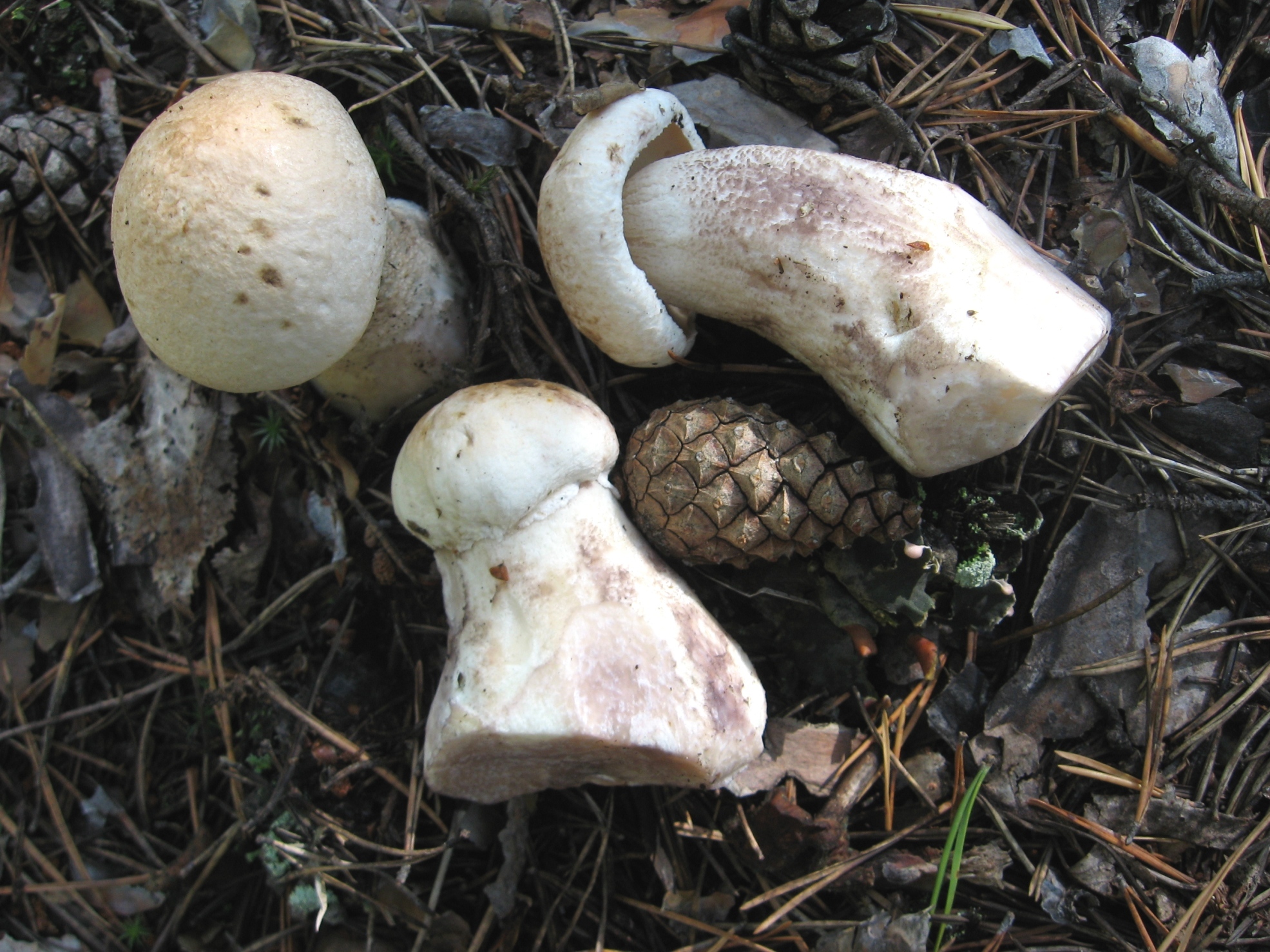



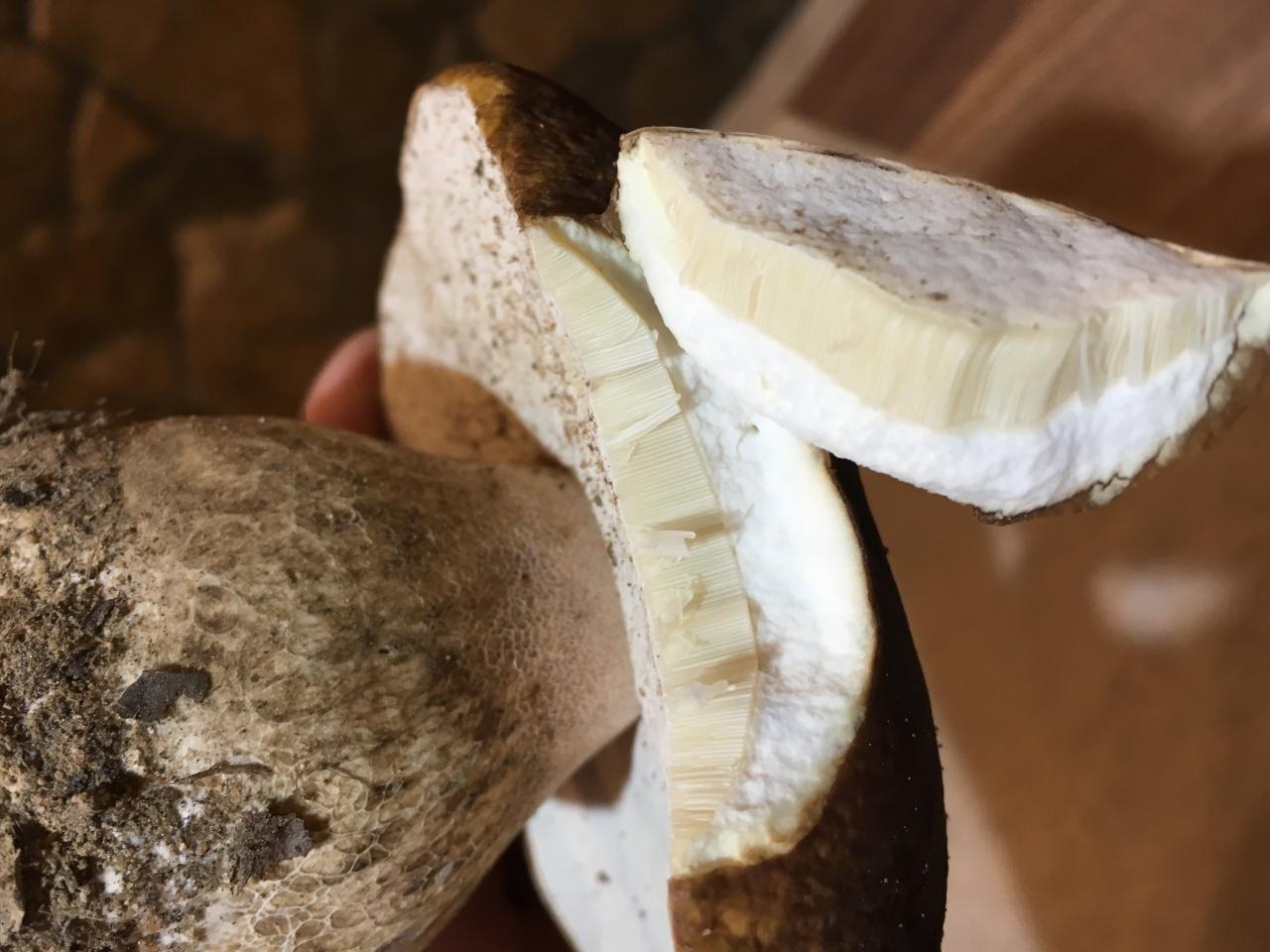
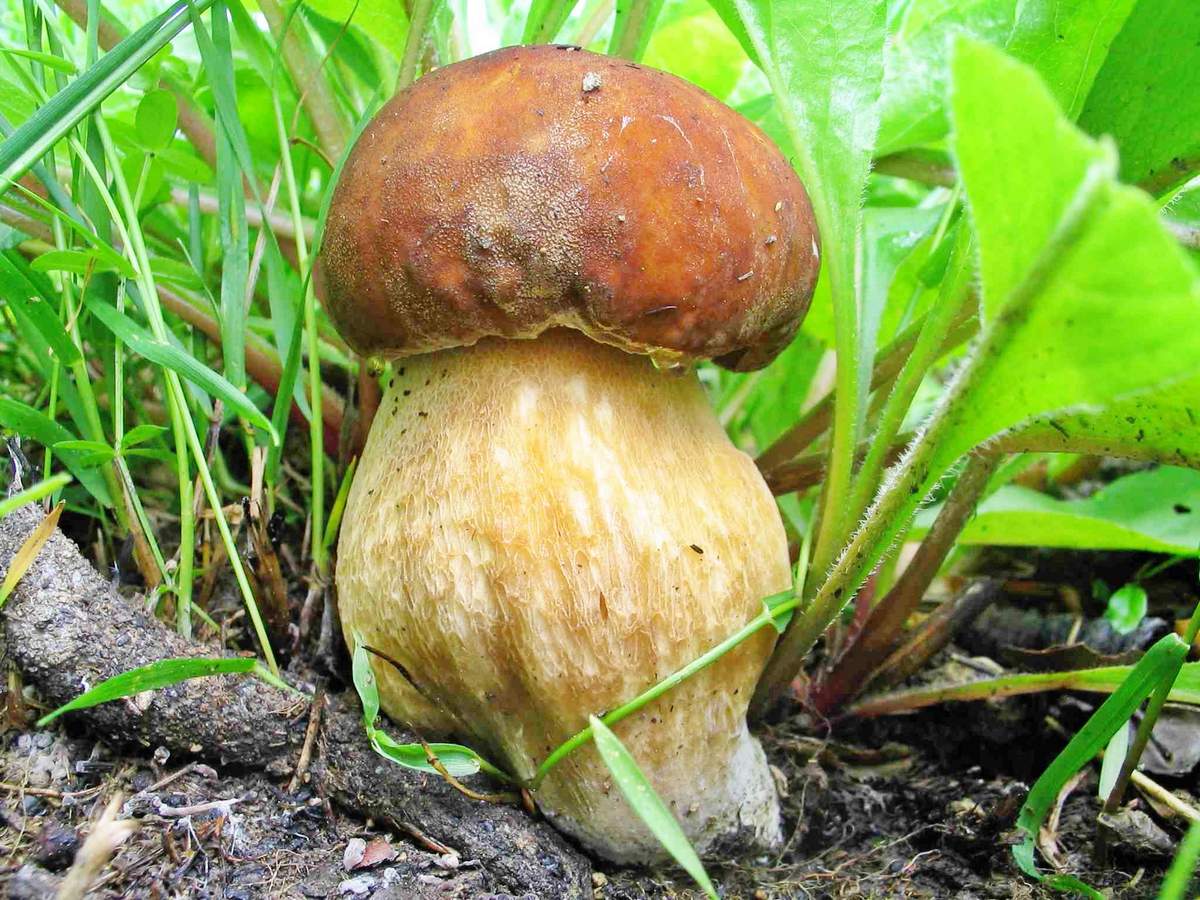
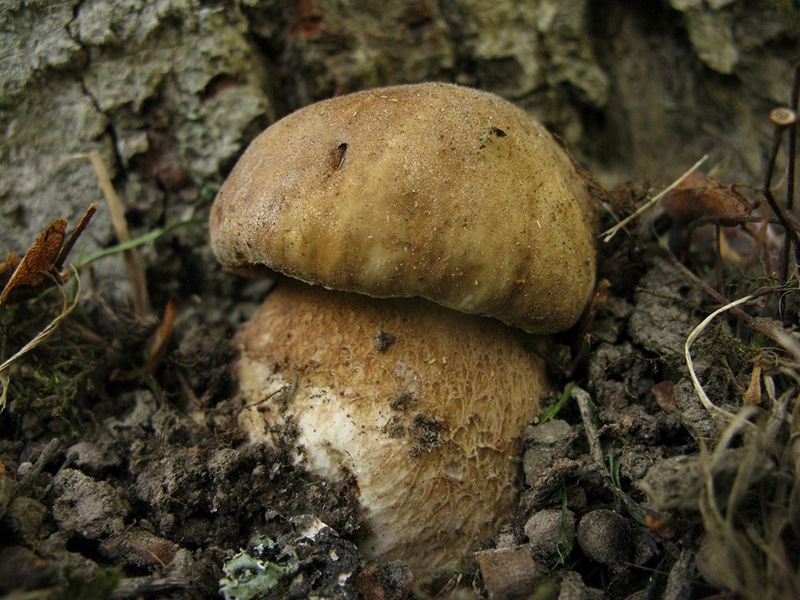
 Care and use of Kombucha at home (+22 photo)
Care and use of Kombucha at home (+22 photo) Edibility of the fungus of the motley umbrella and its description (+19 photo)
Edibility of the fungus of the motley umbrella and its description (+19 photo) Description of edible and inedible oils, their poisonous counterparts (+40 photos)
Description of edible and inedible oils, their poisonous counterparts (+40 photos) Useful properties of milk mushroom and its contraindications (+17 photos)
Useful properties of milk mushroom and its contraindications (+17 photos)